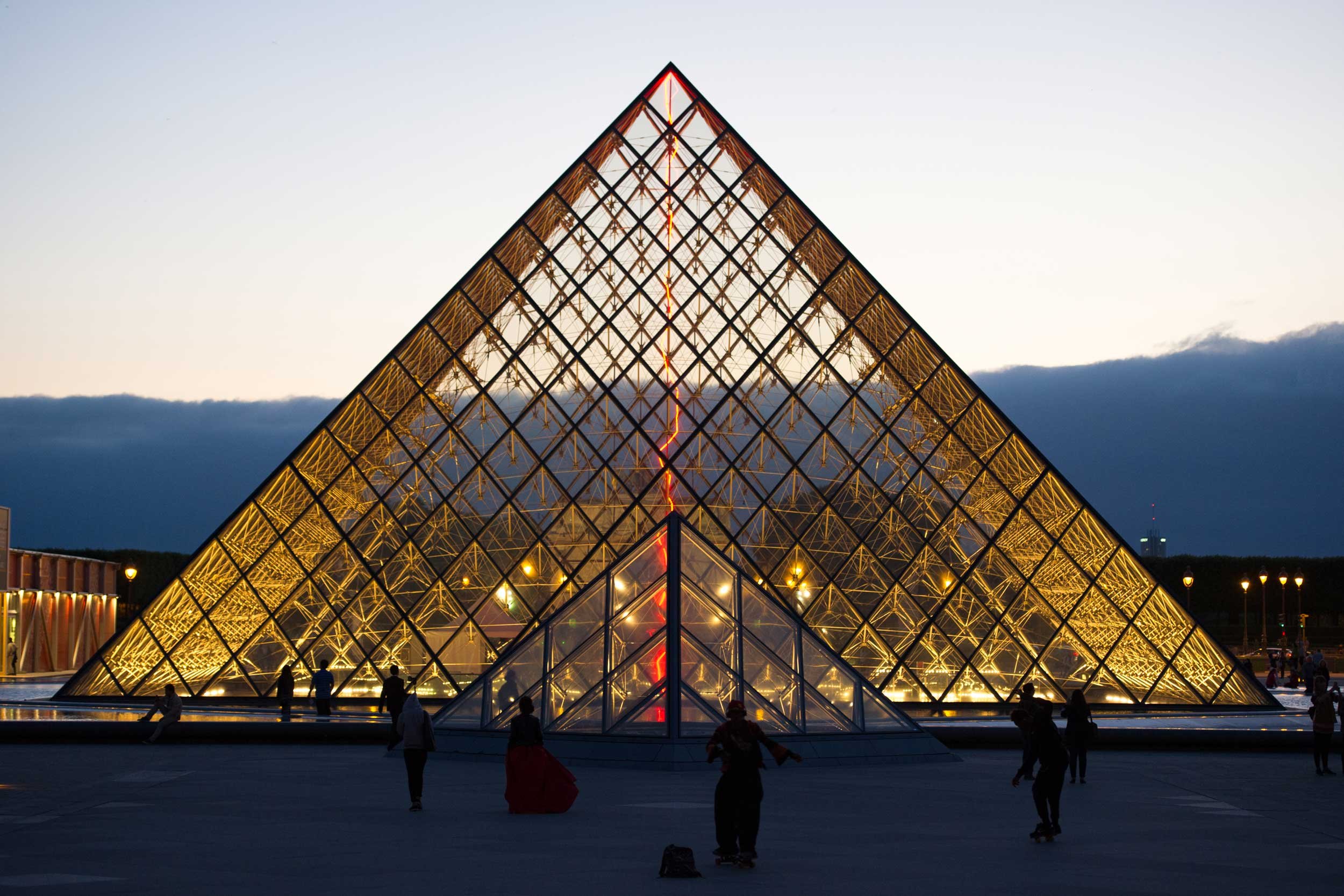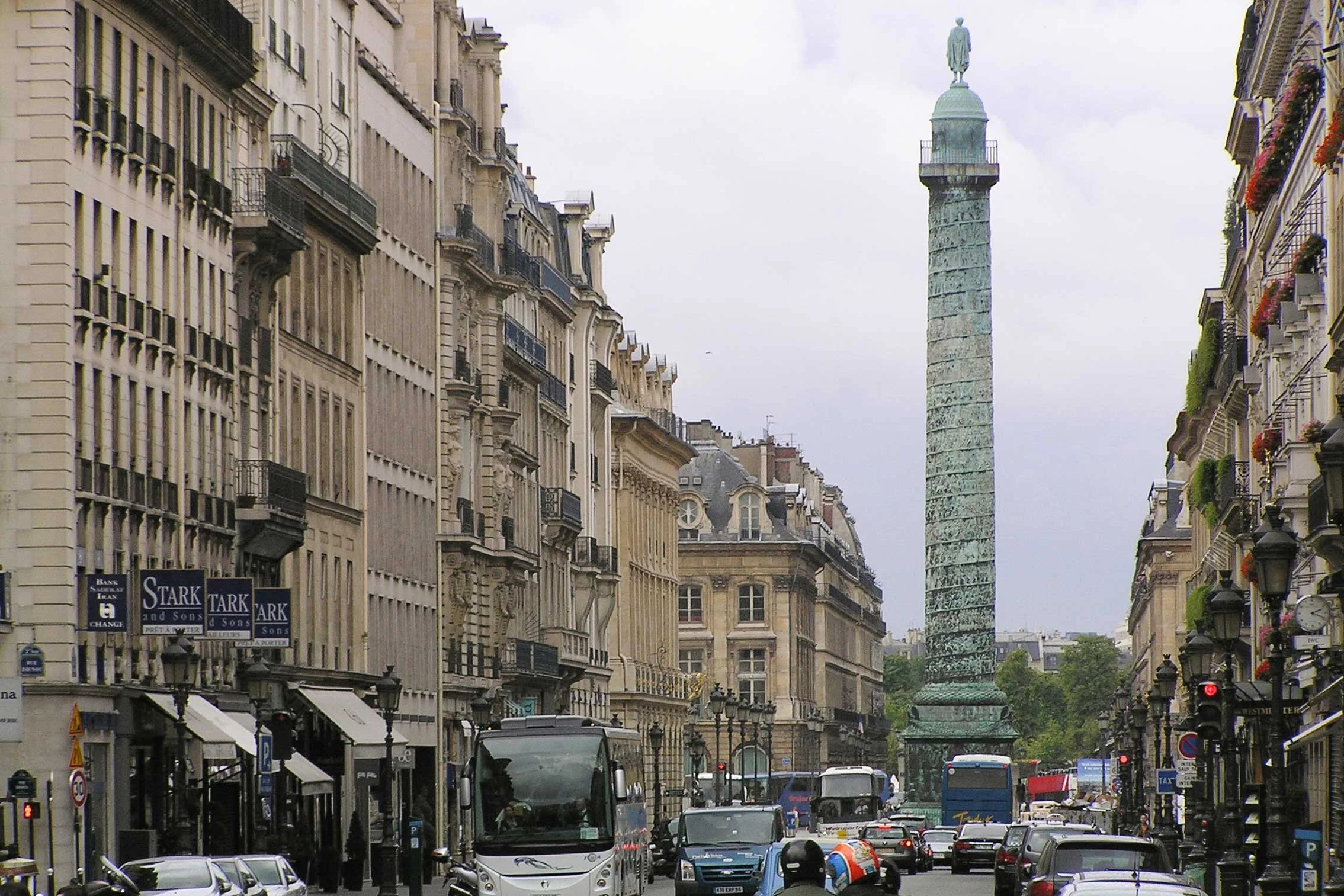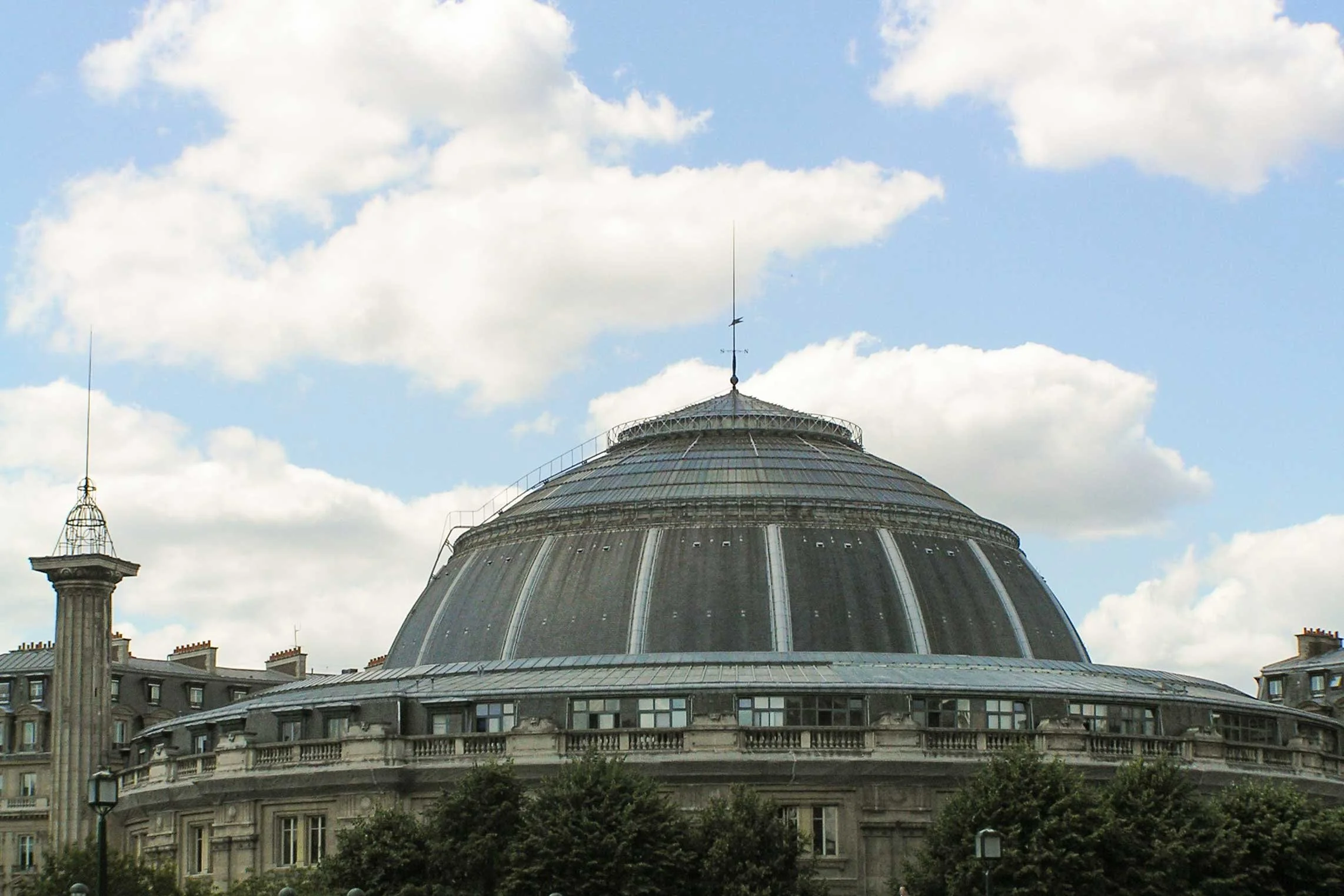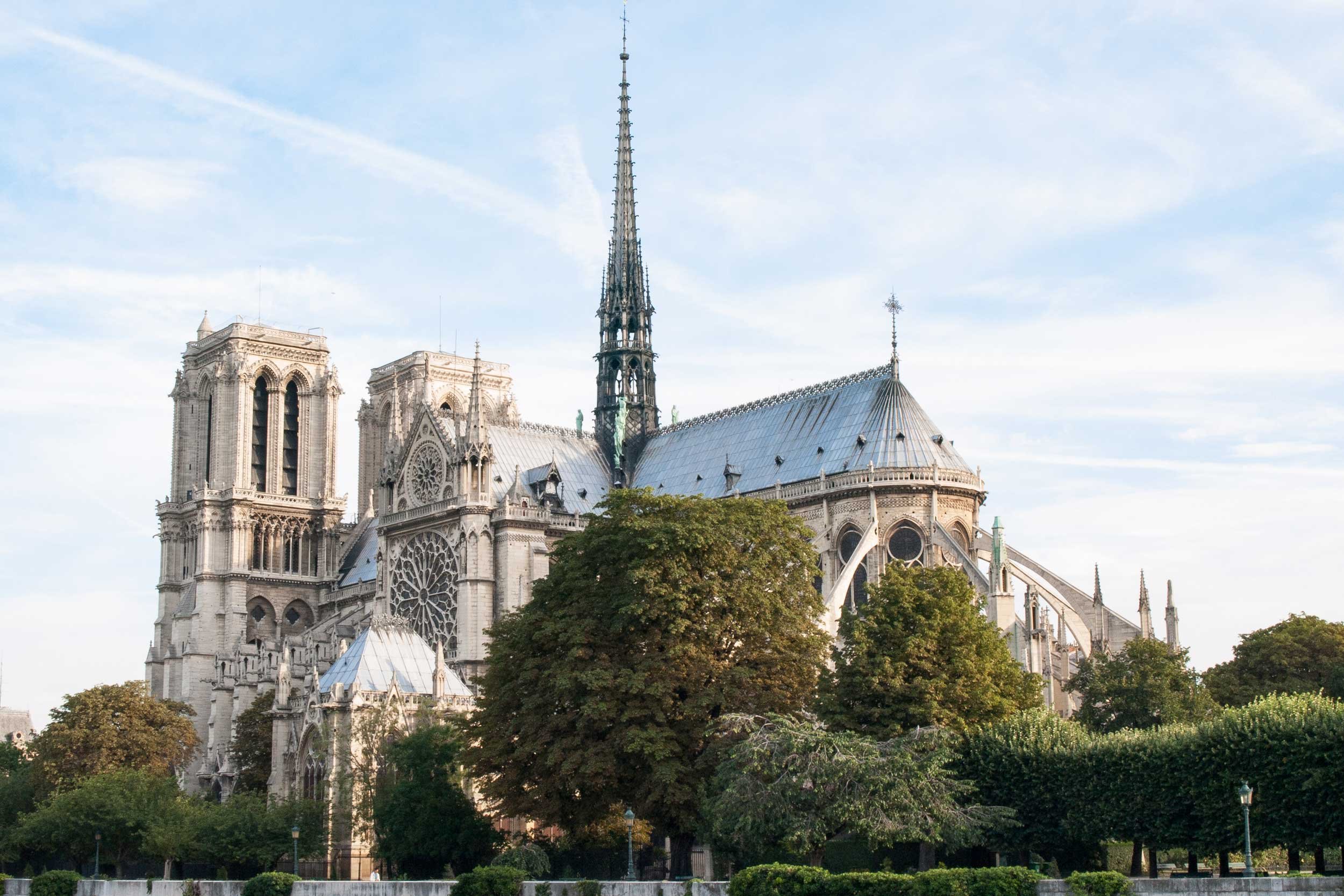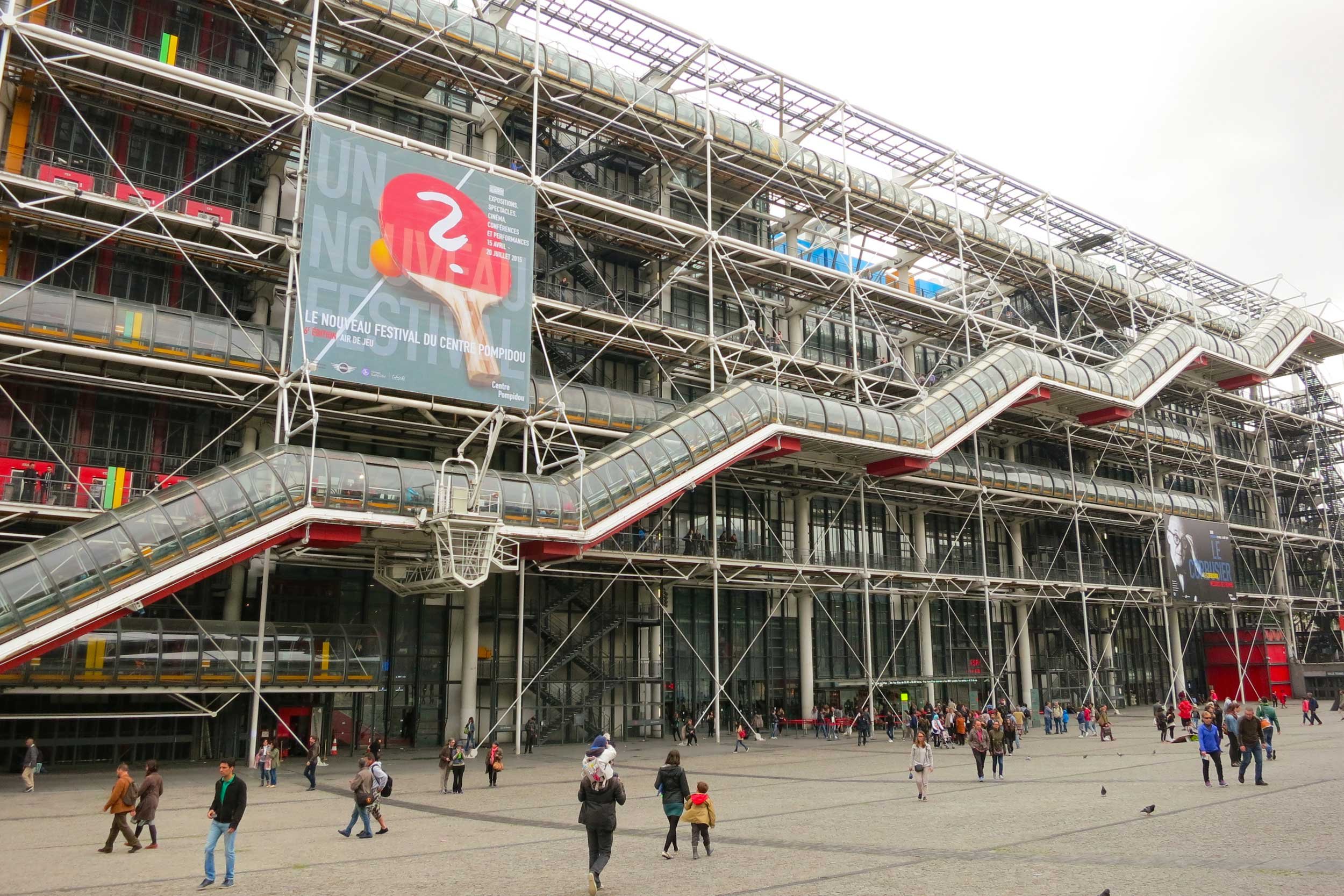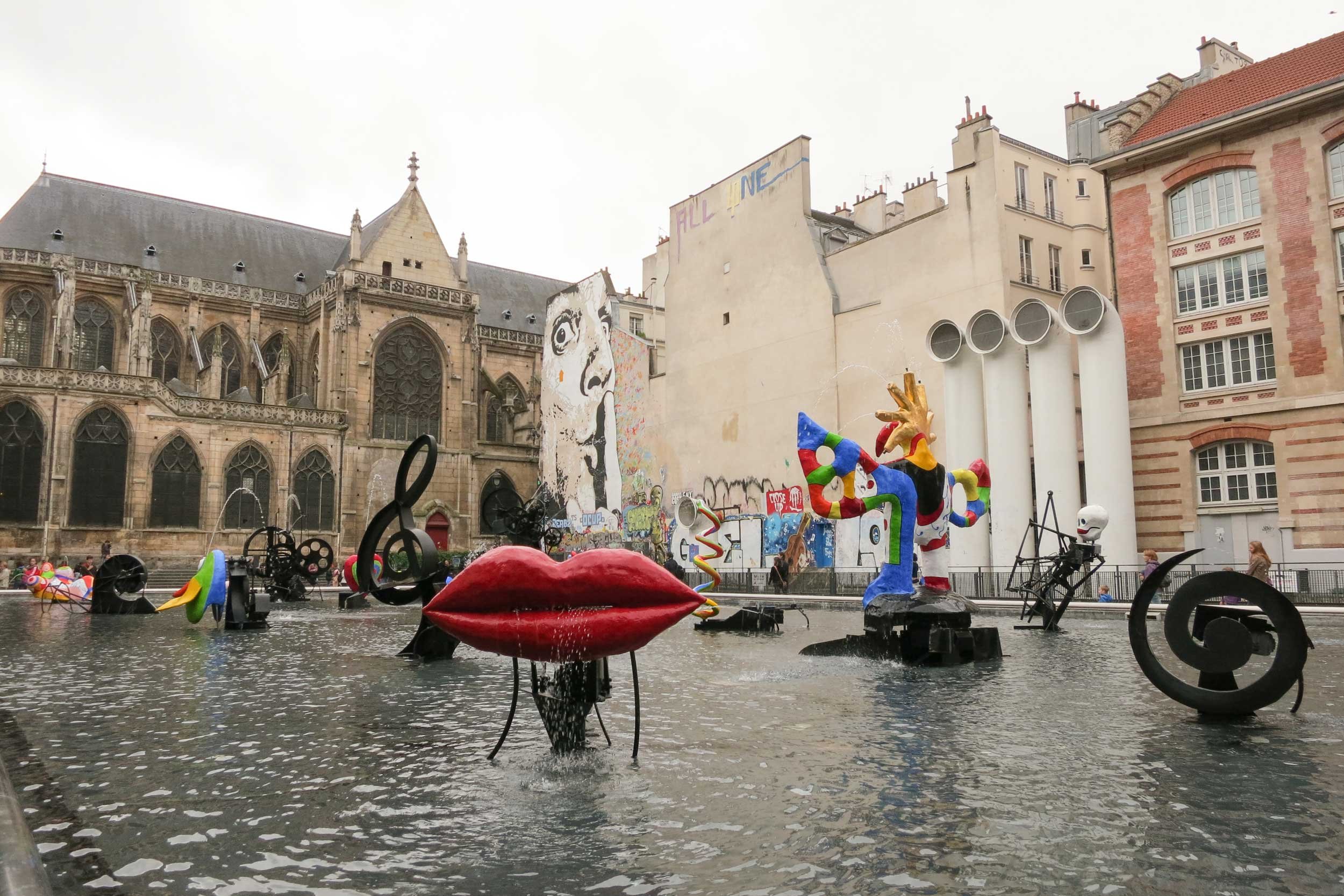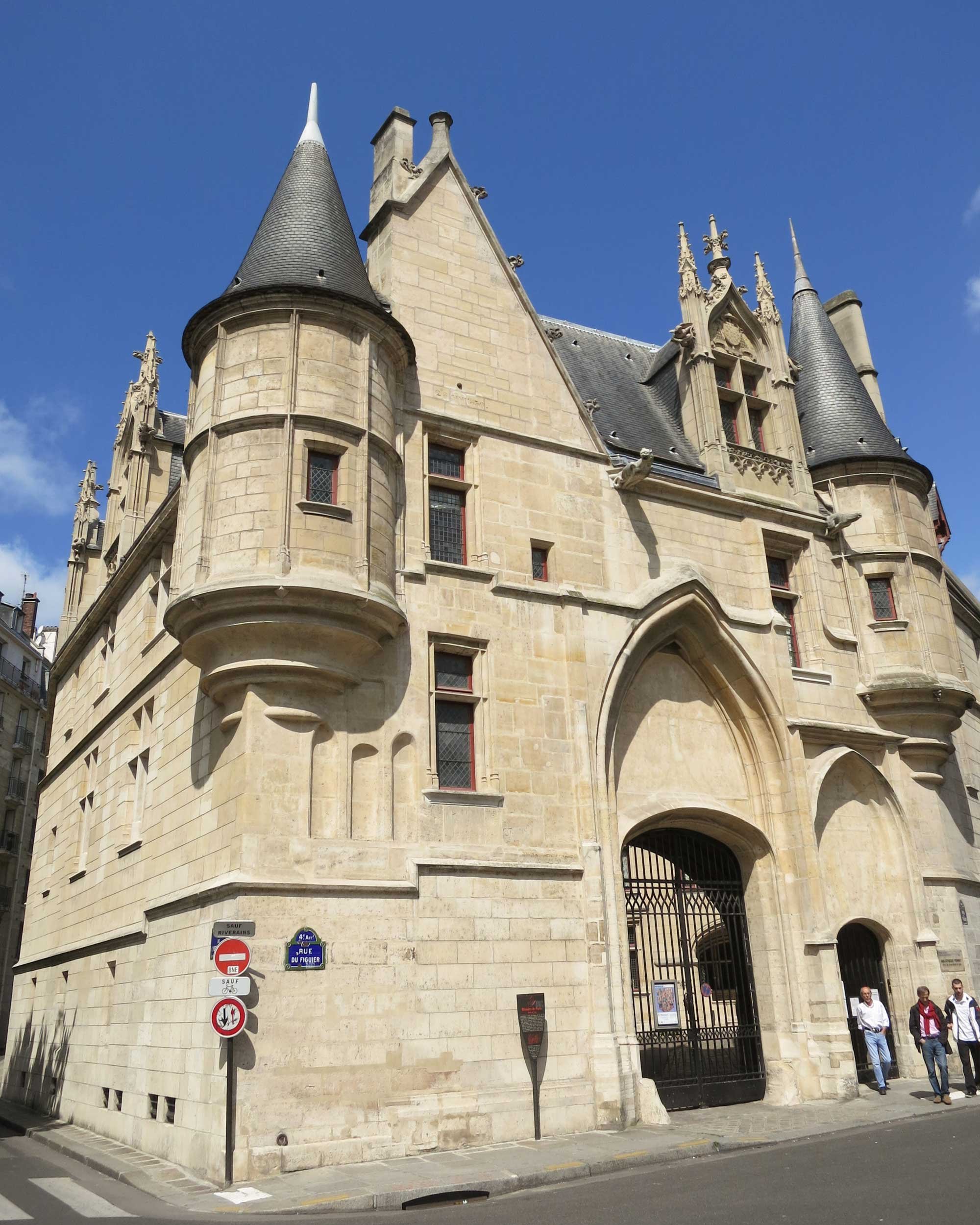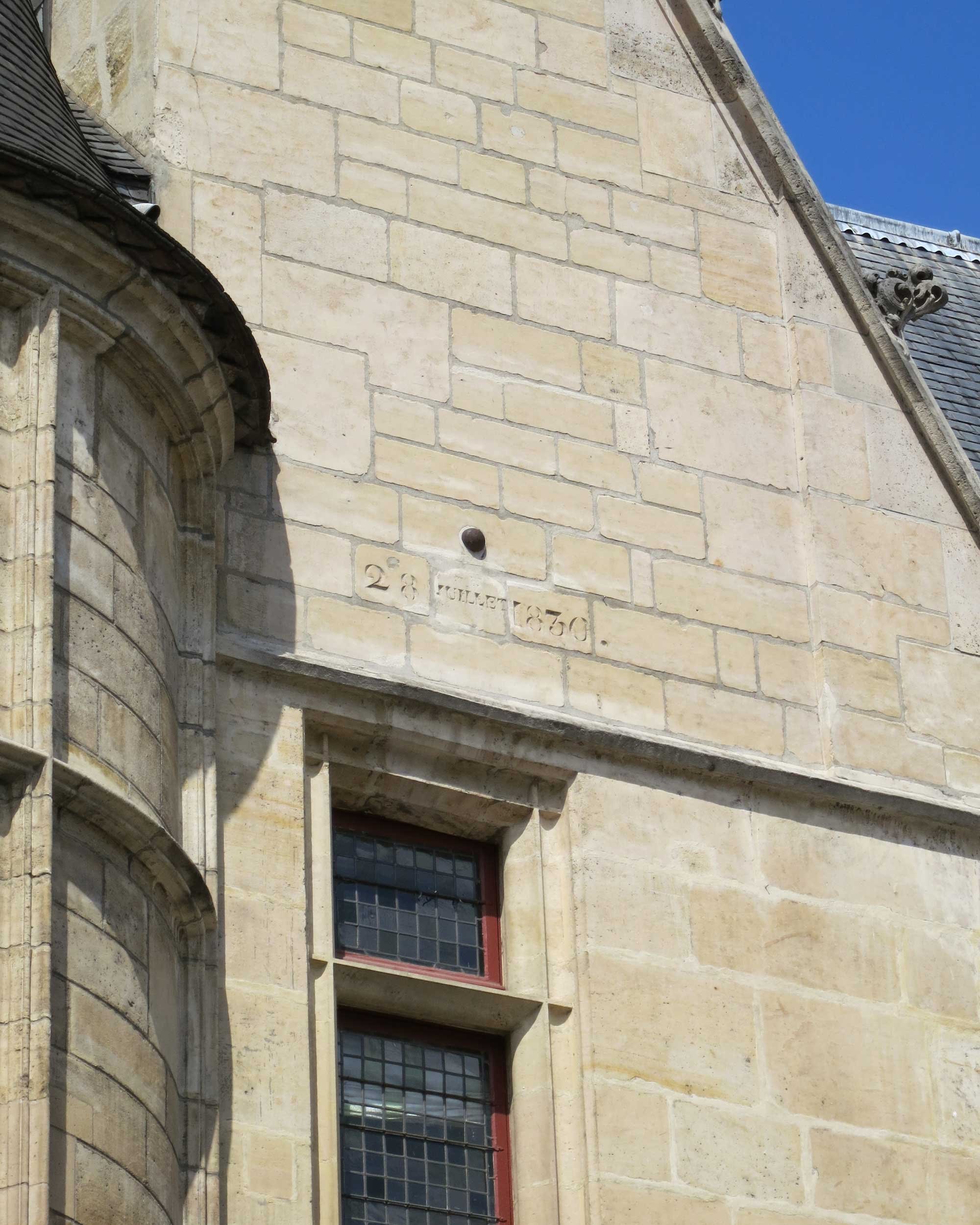Paris Arrondissements: Part 1
Paris has captured my imagination but hasn’t always featured highly in our French adventures, as we do prefer villages and the spectacular countryside. However, during the last few years when we haven’t been freely able to visit France, I find myself drawn back to Paris through books, TV shows, movies, podcasts and music. The more I discover, I can’t wait to follow my heart and immerse myself in her streets again.
Behind La Grande Roue de paris in Jardin Des Tuileries, there are elegant Hausmann style buildings
Like any city, there are downsides. Paris can be messy and noisy but her beauty, elegance, history, art, delightful green spaces and lack of high-rise, make another visit so enticing. I’ve reflected on our past trips and come up with some information and plenty of photos for a tour split over a few blogposts. During this research, I’ve discovered many places I really want to visit … next time.
Elegant Hausmann buildings. View from Ile Saint Louis across to our favourite, Café Esmeraldas, front left hand corner of this photograph
The wonderful Hausmann style buildings, with small balconies and wrought iron railings, are very attractive. Then there are the iconic landmarks well known to most people. We’ve been fortunate enough to spend some week-long periods in the city, exploring largely on foot. We have our favourite areas and even our favourite cafés which we have returned to over the years, like Café Esmeraldas near Cathédral Notre Dame de Paris. The last time we spent a few days in Paris, I was determined that it would be different. We would seek out the lesser-known places. I set about finding some interesting routes to walk, which would reveal more of the city. One of the ways we did this, was by using Paris Walks, a set of 50 cards, dividing the city into small sections with accompanying maps and interesting facts. More recently, you can get apps for your phone to do the same thing.
Located outside of Cathédral Notre Dame de Paris is this marker, Point zéro des routes de France. Distances from Paris to every part of metropolitan France are measured from here.
Organised walking tours are also a nice way to discover the city, especially if you are travelling alone. Some of these are free or by donation. https://freewalkingtour.com/paris/ and https://parisjetaime.com/eng/article/walks-lead-the-way-a1022 are just a couple of the many options. However, some of the best discoveries in Paris, will be those that you didn’t even know about. Slow down, look up, notice the small details. Don’t be afraid to venture along the small side streets. Be inquisitive and forget the map.
In 1860, Paris was divided into 20 arrondissements, as designated by Napoleon III. It remained this way until 2020, when the smaller arrondissments (1-4) were amalgamated and are now known as Paris Centre. The numbers start right in the centre of the city, on the right bank of the Seine River, and spiral outwards in a clockwise direction. See my map above.
The postcode of Paris is 750, then add on the number of the arrondissement. For example, The Musée du Louvre is in the 1st and therefore all addresses include 75001.
The Musée du Louvre was once a fortress. In the 17th century it was expanded and became a royal palace. It is the largest museum in the world and with much more to see than just the Mona Lisa.
When I began researching for this blogpost, I was surprised to find that we have visited 15 of the original 20 arrondissements.
We begin our journey in the 1st Louvre, named after its most famous landmark Musée du Louvre. Next to it you will find the famous Jardin des Tuileries, a place to sit and relax after you have explored the museum.
Grand Bassin Rond in Jardin des Tuileries
Children love to rent a little boat from Les Petits Bateaux to sail on the Grand Bassin Rond in Jardin des Tuileries
Pyramide du Louvre designed by I.M. Pei.is especially gorgeous on a summer evening. At sunset, the golden light of the sun shines across Cour Napoleon in a spectacular show.
Underneath the Pyramide du Louvre, in Place du Carrousel, we discovered Maison du Chocolat for the best hot chocolate. Their range of delectable chocolates made it so hard choose a selection to take away and enjoy later.
Inside Sainte Eustache church
Sainte Eustache is our favourite church in Paris. It’s not too busy and I love the giant head sculpture outside called L’Ecoute by Henri de Miller.
Chris outside of Sainte Eustache. Sculpture L’Ecoute by Henri de Miller.
Pont Neuf is the oldest free-standing bridge in Paris, spanning the Seine River. Located at opposite end of the Île de la Cité from Cathédral Notre Dame de Paris. Here there is little park with a willow tree, Square du Vert-Galant and from here, you can take a cruise along the Seine with Vedettes du Pont Neuf.
Next visit, we plan to visit the Musée de l’Orangerie to see Monet’s Nymphéas (water lilies), Palais-Royal with black and white striped pillars, Colonnes de Buren/Les Deux Plateaux and Sainte-Chapelle 13th century Gothic chapel with its glorious stained-glass windows. It was built for King Louis IX to house the Crown of Thorns. These are all located within the 1st arrondissement.
La Conciergerie was a prison from 1391 – 1914 and this is where Marie Antoinette was imprisoned before her death.
Colonne Vendôme is a stone column wrapped in bronze, made from hundreds of Austrian and Russian cannons. It stands as a war memorial to Napoleon and the Battle of Austerlitz in 1805. Napoleon on top in classical Roman dress.
C’est moi cruising the Seine. In the background, La Samaritaine – one of the grand magasins (department stores) to be found in Paris.
We move on to the 2nd arrondissement called Bourse (stock exchange/trading) and it is the smallest of the arrondissements. Bourse de Commerce is now used as a museum space of contemporary art.
Rue Montorgueil – where the famous food market has been since 14th century.
Take time to visit the 19th century shopping arcades with elaborate steel and glass roofs plus patterned mosaic floors. These arcades contain an eclectic mixture of small shops selling jewellery, rare books and art supplies. The most beautiful, ornate, and famous of the covered passages of Paris, Galerie Vivienne, constructed in 1823, can be found in this area along with others. Great for a rainy day and remember to look up and enjoy the ceiling. A more modern attraction is, Oasis d’Abooukir a vertical garden wall designed by Patrick Blanc.
Bourse de Commerce is now used as a museum space of contemporary art
The 3rd or Quartier du Temple is located on the Rive Droite (right bank of the Seine River). Here you will find the Musée National Picasso, many wonderful cafés, boutiques, art galleries and the Musée Carnavalet, which traces the history of Paris.
This area of Paris has 163 mansions dating from 17th century. However, the oldest stone house in Paris, is located at 51 rue de Montmorency. It is 600 years old and was the first home of Nicolas Flamel, an alchemist believed to have created the Philosophers stone which could turn any metal into gold, and he also created the Elixir of life.
Marché des Enfants Rouges is Paris’ oldest covered market and has operated in the same location since 1615.
Take a short break in Square du Temple – Elie Wiesel, an English-style garden with a lake, benches and play equipment. It is located at 64 Rue de Bretagne.
Musée des Arts et Métiers was founded in 1794 as “a store of new and useful inventions”. Located in a converted church and has 2,400 inventions on exhibition.
14th century buildings at 11 rue François Miron
4th arrondissement Les Marais is known as the Jewish quarter and feels like a real neighbourhood. We found it to be a perfect place to stay to explore the centre of the city by foot and there is so much to enjoy. We had an apartment for a week and it was easy to pop out to the local market or have an aperitif in one of the local bars. Local restaurant Les Rosiers on Rue les Rosiers – a wonderful place with homemade style food. We went here on the advice of our apartment host and otherwise would not have found this gem.
We visited the Memorial de la Shoah and outside Le Mur des Justes. It was an extremely moving experience about the Jewish population of Paris during WWII and what they endured.
Le Mur des Justes
Place des Vosges was originally called the Place Royale and it was renamed after the French revolution. It is the oldest planned square in Paris. A lovely place to stroll or just sit for a while to escape the busy streets.
Place des Vosges
Rose window in Cathédral Notre-Dame de Paris
Cathédral Notre-Dame de Paris is located on the Île de la Cité in the middle of the Seine. It is over 800 years old and has undergone many alterations and restorations during its history. Following the terrible fire of 2019, restorative work including a new spire is coming towards it’s end. You can read more about this iconic monument in my recent blogpost https://www.frenchviews.com.au/my-journal/cathdrale-notre-dame-de-paris
Seine River from the rooftop of Cathédral Notre-Dame de Paris. Hopefully visitors to Paris will be able to experience this magnificent view again soon.
At the rear of Cathédral Notre-Dame de Paris you can find Café Esmeralda 2 rue Cloître-Notre-Dame. We love this location. It’s perfect to sit and enjoy a glass of wine and watch people coming and going across the Pont Saint-Louis. Outside, although still part of the café there is a creperie. The crêpes are amazing.
Chris enjoying the ambiance of the terrace of Café Esmeralda
When in Paris you must take a walk in the oldest part of the city, Île St Louis. Connected to both banks of the Seine and to the Île de la Cité by bridges. Here the streets are narrow. Many of its buildings date from 17th century. You will find an array of quaint specialty shops begging you to enter to buy handcrafted puppets, chocolates, art and gourmet food items. Don’t go past Berthillon established in 1928, the ice cream is delicious regardless of the season there will always be a queue.
C’est moi in foreground. Strolling through Île St Louis before we purchased ice cream at Berthillon
Centre Pompidou – this unusual building is inside out and home to modern art in Paris. With escalators enclosed in tubes, pipes and air vents, all located on the exterior. It is a very different and controversial building. In the courtyard area outside, I liked the water feature with colourful sculptures.
Hôtel de Sens Is the oldest medieval mansion in the Marais with a superb garden. It was built between 1475 and 1519. There is even a cannonball from the revolution, still lodged in the wall.
Maison Europeenne de la Photographie as I have mentioned in a previous post, whenever possible we enjoy visiting photographic exhibitions when we are travelling, and we’ve visited this place on two separate trips.
I do hope that you have enjoyed this visit and that you will join me next time to continue our trip through the arrondissements of Paris.
À bientôt!








